Mastic Tree Root System
Mastic tree root system. Mastic trees can become invasive in irrigated areas. Every 4-5 days cuts are made into the trees for the resin to drip from. Its handsome stems are reddish in color when young turning gray as they mature.
It can be dried and used as a powder or distilled for oil and essence238. Mastic tree root system. Its root system is aggressive shallow and rather pliant which makes the tree very unstable.
It should be hardy down to about -10C 14F maybe lower. Its resin is used for chewing gum and perfumes the small red fruits that turn black are ingredients in sweets in Asia and the tannin is used to tan leather. Further mastic tree is a rustic drought resistant evergreen species having a high ability to resprout after cutting or fire and a horizontal growth assuring protection against the erosion of soil Mulas et al 1998 Tattini et al 2006.
It also requires well-drained soil and occasional deep irrigation is an important part of its care. Leaf fossils from it have been dated back six million years. Known since the 5th century BC Chios mastic mastiha in greek has been referred to by notables like Herodotus and Hippocrates.
Mastic can be shaped into a small rounded patio-sized tree or left unpruned to grow as a large dense shrub. Mastic trees can form multiple trunks from these shoots so keep only the number of shoots needed to form the desired number of tree. Small- to medium-sized evergreen tree with copious training background screen.
Mastic tree can be used for screening or trained into a small specimen tree. Damla sakızı is a dioecious evergreen shrub or small tree of the genus Pistacia growing up to 4 m 13 ft tall which is cultivated for its aromatic resin mainly on the Greek island of Chios. An aromatic voyage to the Greek island of Chios the only place the fabled mastic resin mastiha tree grows distilled to enticing perfection.
Youll also need to prune this tree early in order to help it form a strong branch structure. Pistacia lentiscus is a Mediterranean native that grows into a large shrub or small tree to 25 feet.
Its root system is aggressive shallow and rather pliant which makes the tree very unstable.
This Asian import known as the mastic tree is evergreen and provides more shade than the other two. It also requires well-drained soil and occasional deep irrigation is an important part of its care. Stems and branches are amazingly limber and flexible. Damla sakızı is a dioecious evergreen shrub or small tree of the genus Pistacia growing up to 4 m 13 ft tall which is cultivated for its aromatic resin mainly on the Greek island of Chios. An aromatic voyage to the Greek island of Chios the only place the fabled mastic resin mastiha tree grows distilled to enticing perfection. All in all these factors add up to a tree not hardy enough to withstand years of exposure to the elements so any cottonwood you plant may come down sooner rather than later. You should never plant a tree closer than 10 feet 3 m from the foundation of a home and trees with invasive roots may need a distance of 25 to 50 feet 75 to 15 m of space. The resin mastic is obtained by making incisions in the bark not the trunk of the tree from mid summer to the autumn238. Every 4-5 days cuts are made into the trees for the resin to drip from.
You should do some research about that great tree. It should be hardy down to about -10C 14F maybe lower. Ten gallons of water per week per inch of tree diameter is a good rule to follow while the tree establishes itself. Mastic Tree is dioecious with separate male and female trees. Mastic can be shaped into a small rounded patio-sized tree or left unpruned to grow as a large dense shrub. Highly recommended if you need a tough very drought-tolerant shrub for a dry sunny position. Mastic trees can form multiple trunks from these shoots so keep only the number of shoots needed to form the desired number of tree.
/GettyImages-1144165811-a6d8f46a29714ed5ac98905b12044fa6.jpg)
















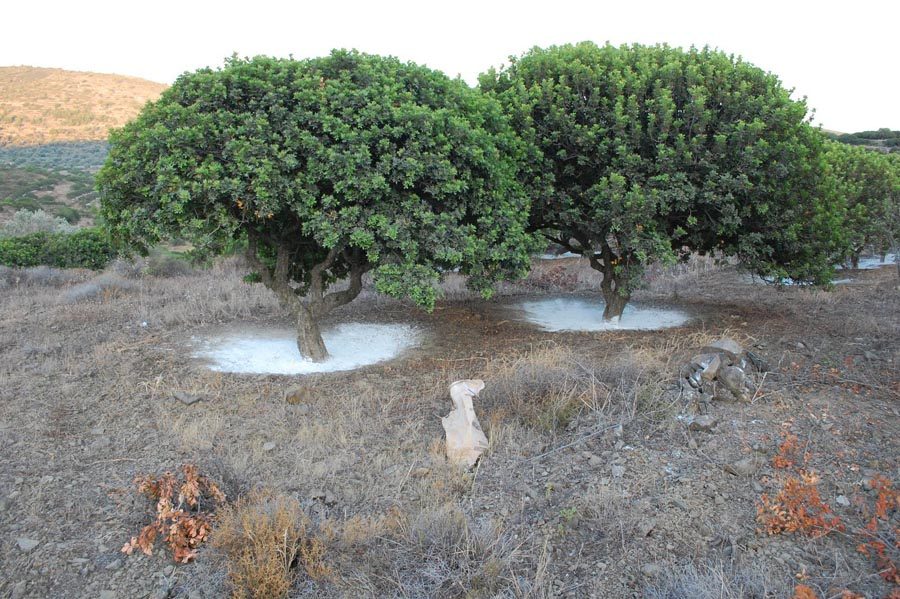



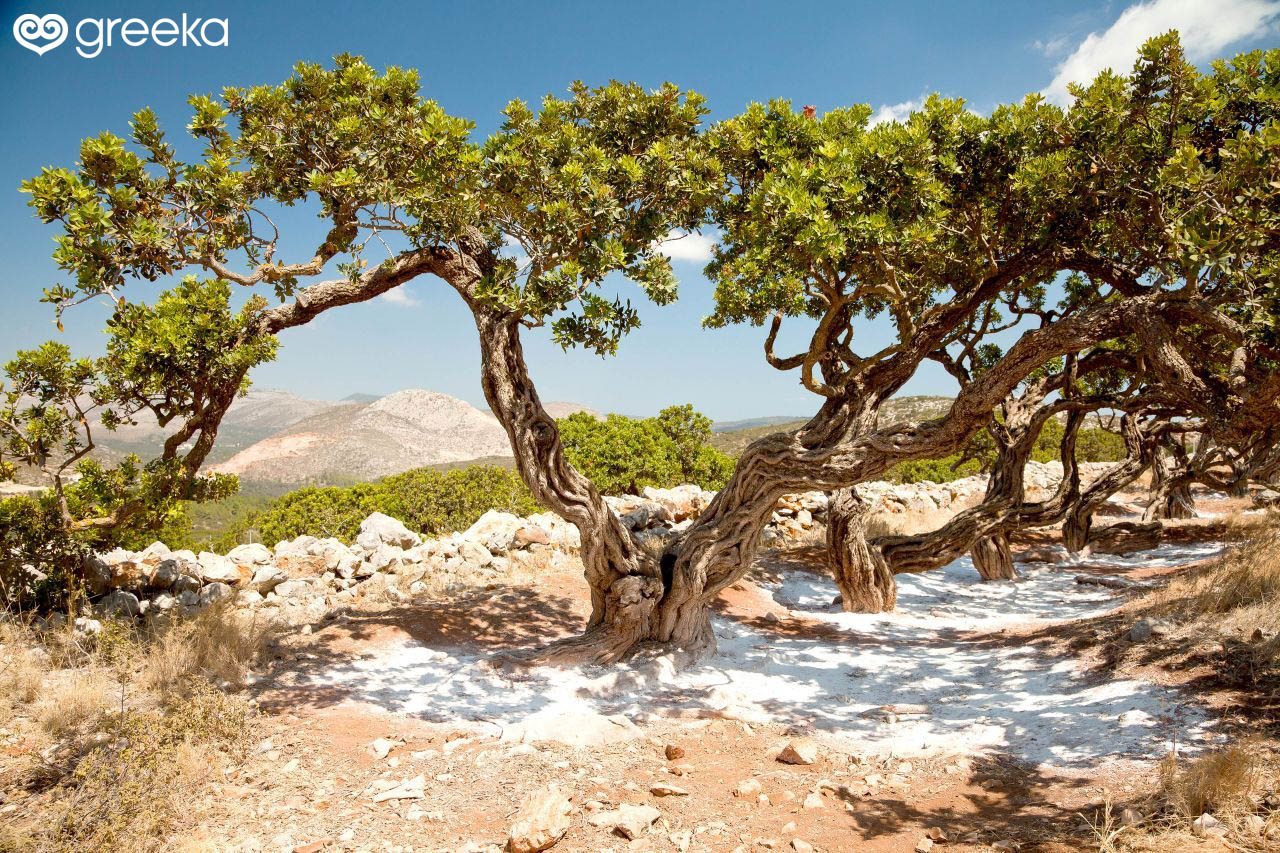









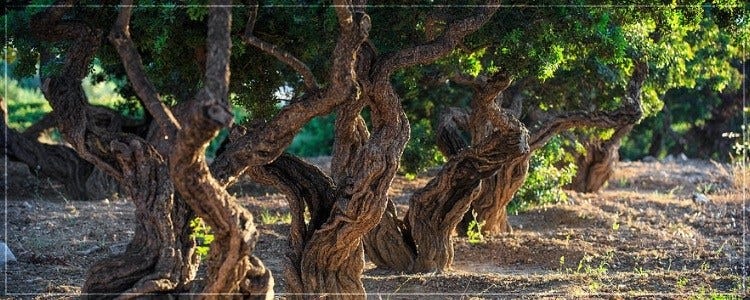
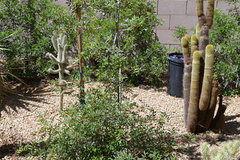
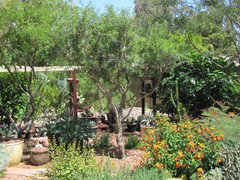
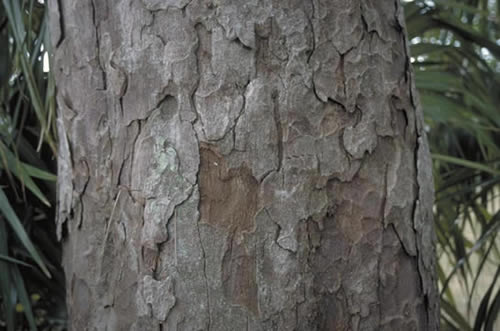


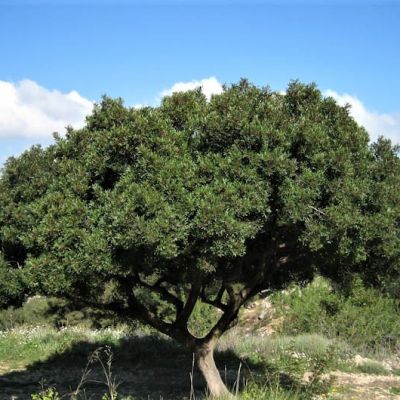


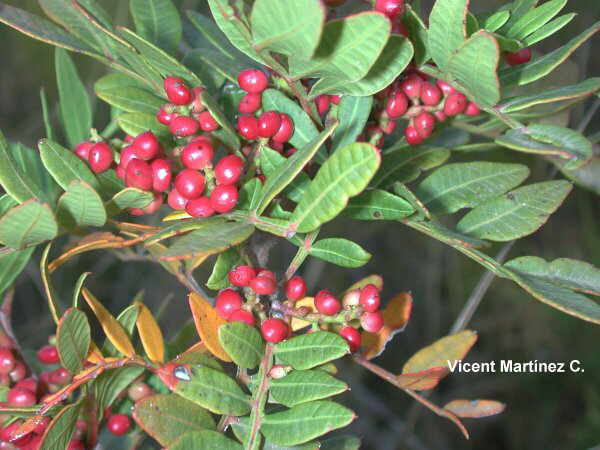




Post a Comment for "Mastic Tree Root System"